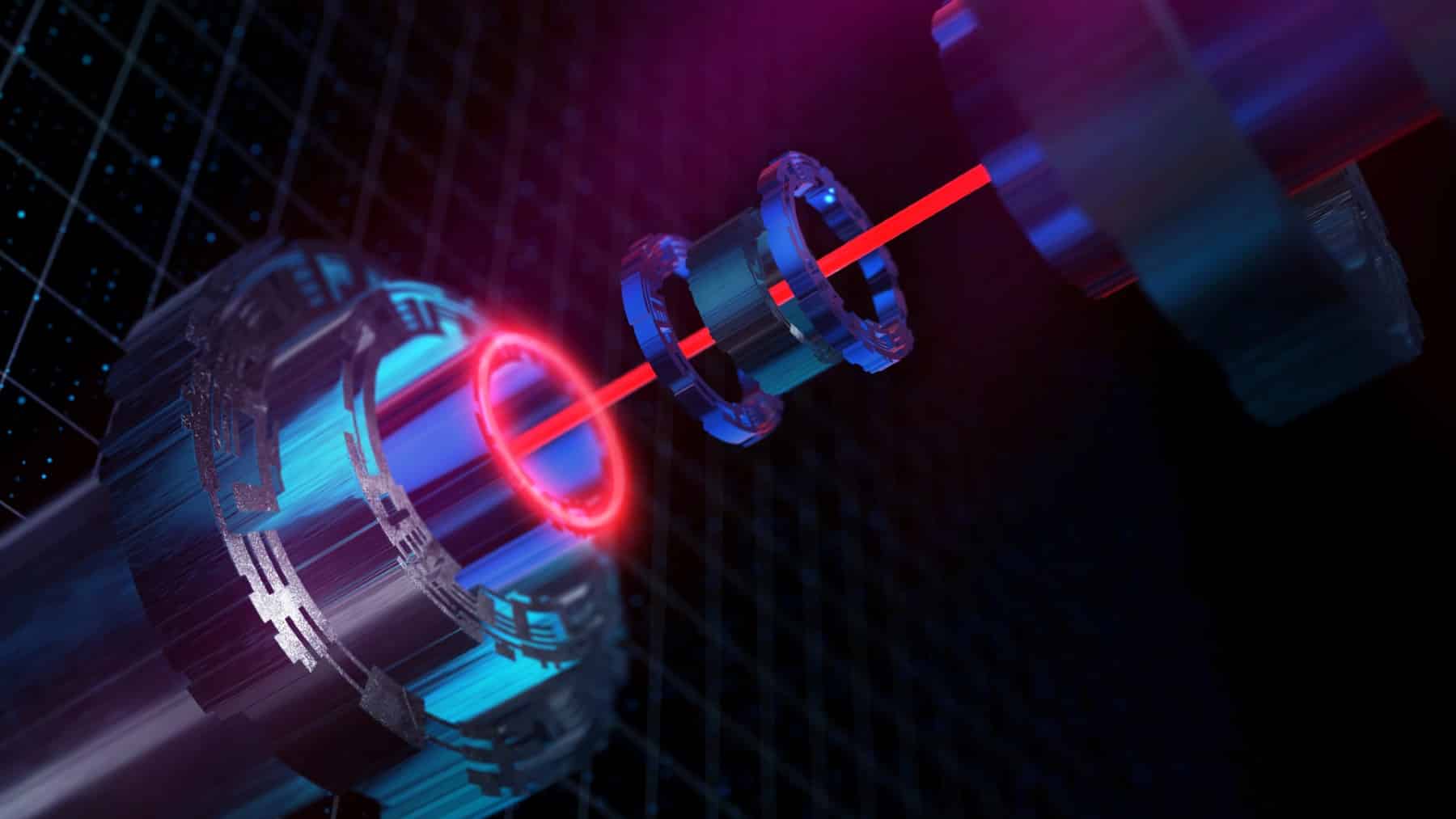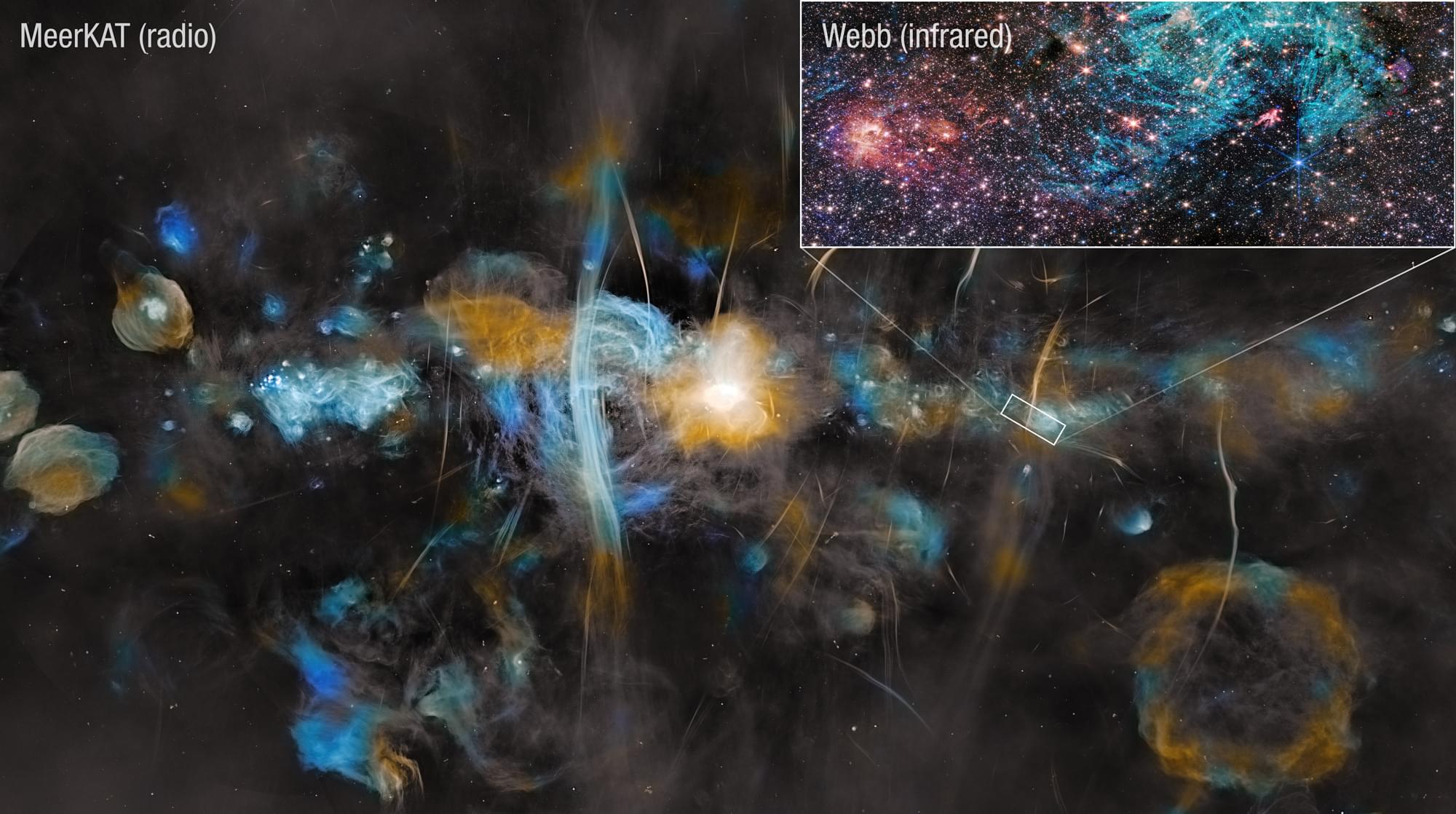The metabolic fitness of microglia is markedly impaired in TREM2 knockout (KO) models [58]. TREM2, through its adaptors DAP12 and DAP10, activates the mechanistic target of rapamycin (mTOR) signaling pathway, which plays a crucial role in regulating metabolic pathways and protein synthesis [11, 58]. Loss of TREM2 impairs mTOR activation, leading to reduced ATP production and biosynthesis. In vivo FDG-PET imaging of TREM2 KO and TREM2 T66M knock-in mice shows a significant reduction in cerebral glucose metabolism [67, 68]. This decrease may correlate with impaired glucose uptake by microglia. Supporting this, ex vivo measurements of isolated microglia from TREM2 KO animals reveal lower FDG uptake [68].
Given the pivotal role of microglial metabolism in AD, targeting this process represents a promising therapeutic strategy. Agents such as interferon-γ (IFN-γ) and cyclocreatine, which enhance ATP production, have been shown to restore microglial functions and mitigate AD pathology [58, 65]. Notably, TREM2-activating antibodies boost microglial energy metabolism by promoting mitochondrial fatty acid and glucose oxidation [69]. Moreover, translocator protein (TSPO)-PET and FDG-PET imaging have demonstrated that TREM2 activation enhances microglial activity and glucose metabolism in amyloid mouse models. Thus, targeting TREM2 and microglial metabolism may complement existing AD therapies, which primarily focus on amyloid clearance and synaptic dysfunction, providing a more comprehensive approach to disease intervention.
Lipid metabolism is crucial for maintaining microglial functions and CNS homeostasis, influencing cellular membrane integrity, energy storage, and inflammatory responses. Emerging evidence identifies TREM2 as a key regulator of lipid metabolism in the brain. TREM2 binds a diverse range of lipids, including anionic and zwitterionic species such as sphingomyelin, phosphatidic acid, phosphatidylinositol, phosphatidylcholine, phosphatidylglycerol, phosphatidylserine (PtdSer) and sulfatide [49, 53, 70]. Among these, PtdSer is the most abundant negatively charged phospholipid in the inner leaflet of the plasma membrane in eukaryotic cells [71]. In neurodegenerative conditions, PtdSer externalization on damaged or apoptotic neurons serves as an “eat-me” signal, triggering TREM2-dependent microglial synaptic pruning and cell clearance [72]. Super-resolution microscopy and in vivo imaging studies have demonstrated that Aβ oligomer-induced hyperactive synapses expose PtdSer, marking them for TREM2-mediated engulfment, which helps mitigate neuronal hyperactivity in AD models. Additionally, individuals carrying TREM2 loss-of-function variants exhibit an accumulation of apoptotic-like synapses [72], underscoring TREM2’s essential role in synaptic homeostasis during early AD pathology. Beyond synaptic pruning, TREM2 facilitates the recognition and clearance of damaged cells. Notably, over-expression of TREM2 in non-phagocytic cells, such as Chinese hamster ovary (CHO) and HEK293 cells, enables them to engulf apoptotic neurons, highlighting TREM2’s function in lipid sensing and phagocytosis [16, 73]. This broad lipid-binding capability underscores TREM2’s critical role in modulating microglial responses to neurodegenerative insults and preserving neuronal health.







